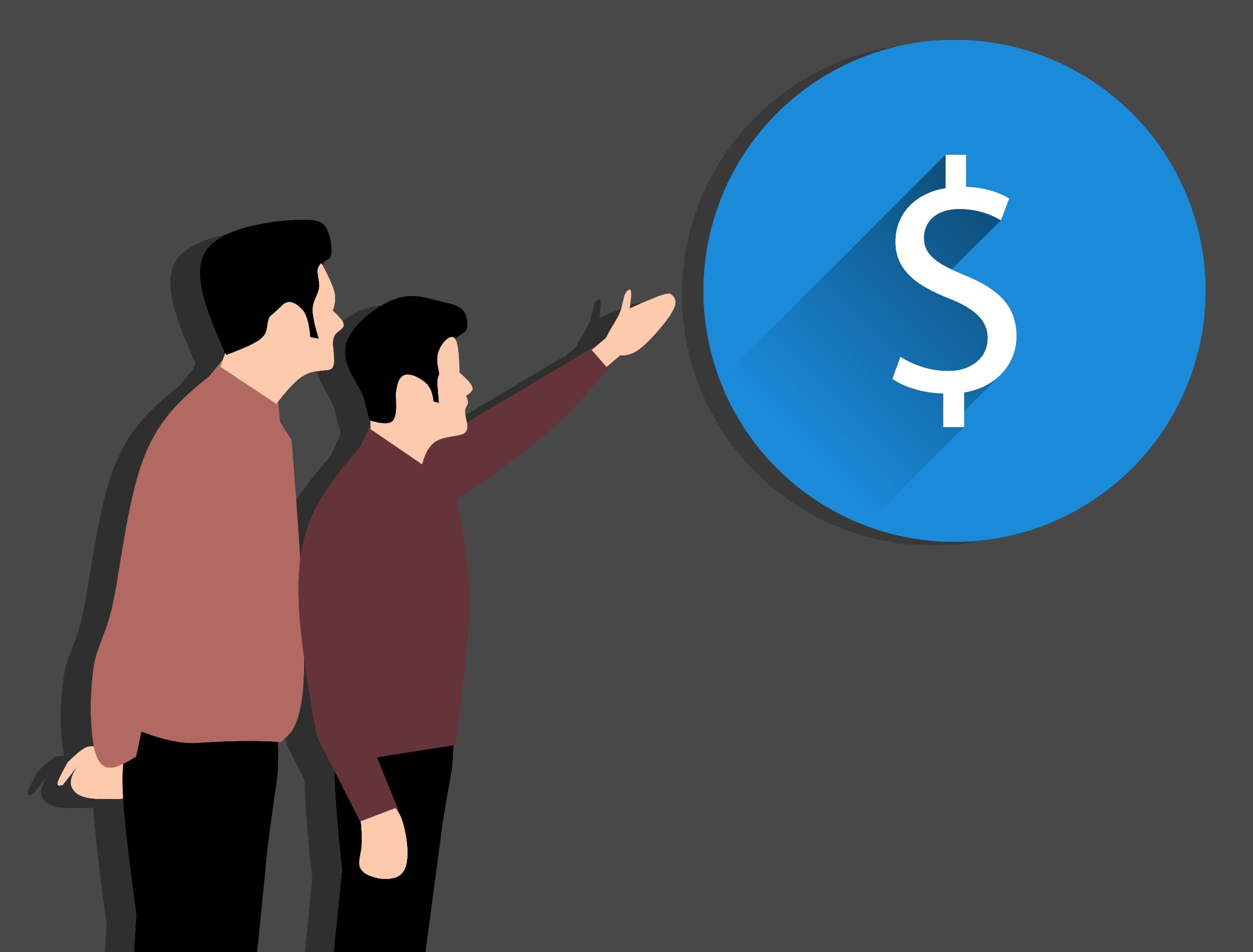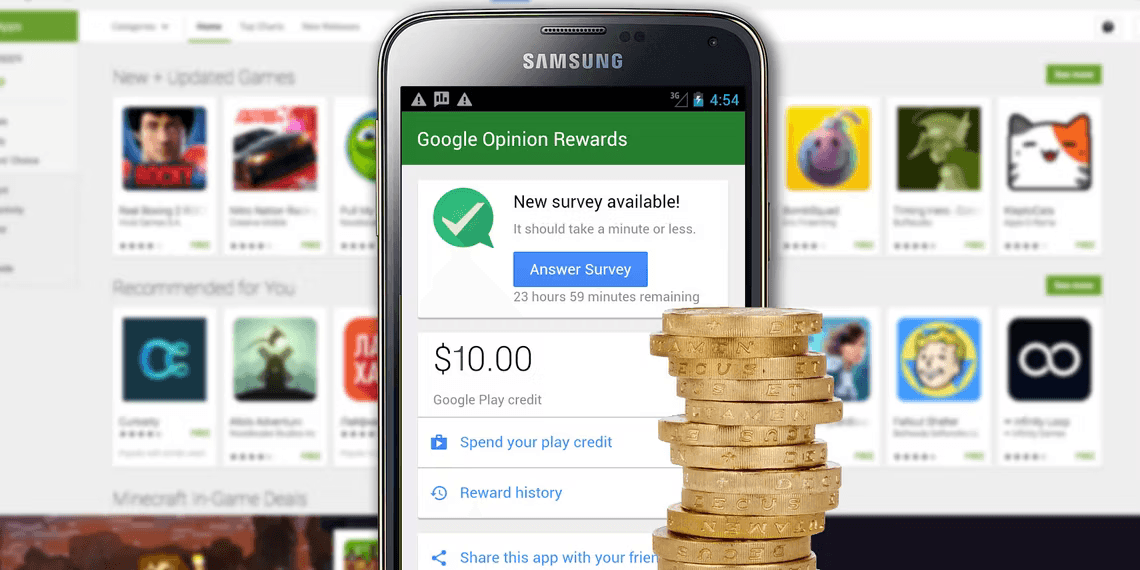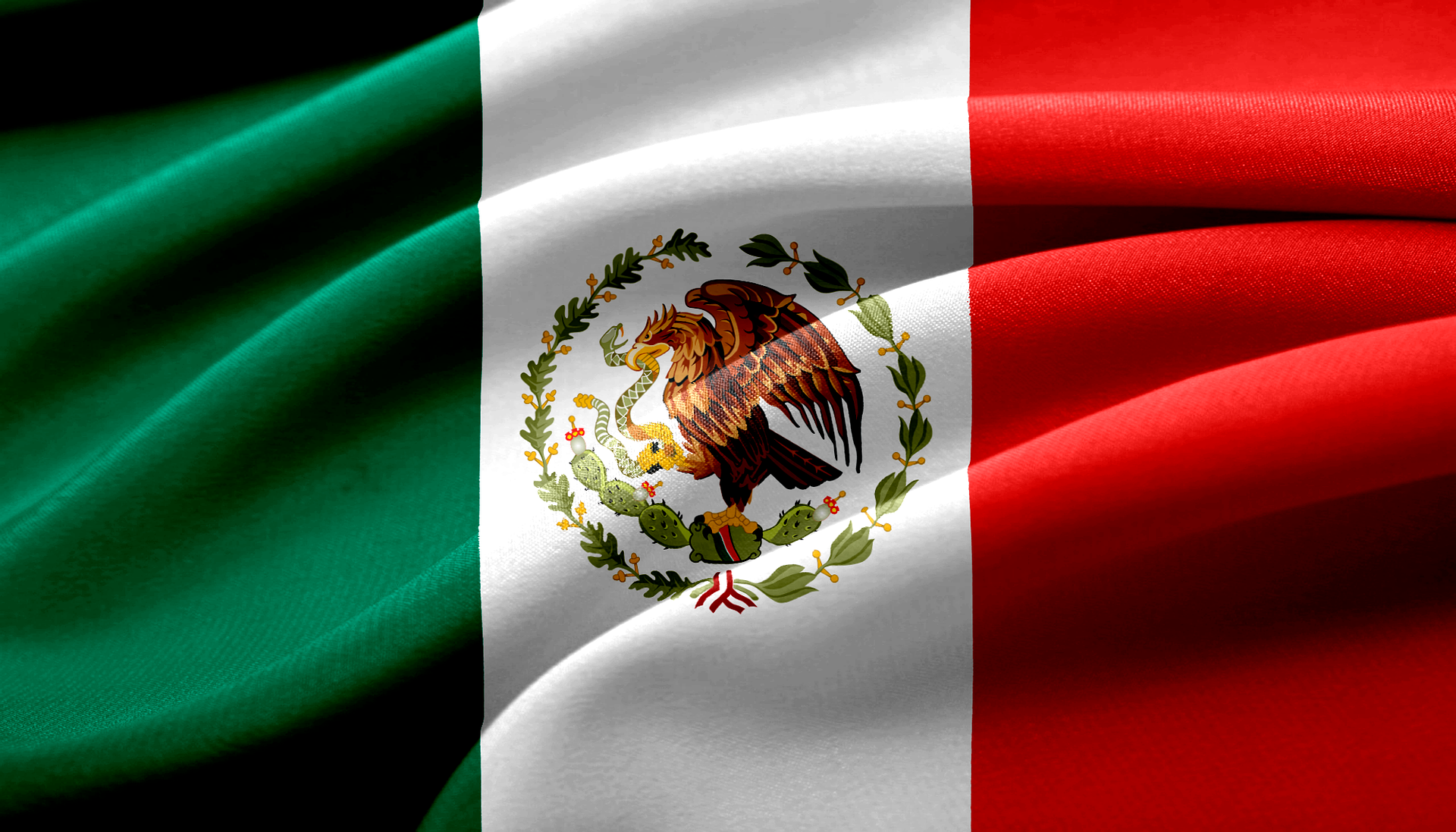In recent years, inflation has become a central concern for economies worldwide, affecting businesses, consumers, and policymakers alike. Inflation—the sustained increase in the price of goods and services over time—directly influences how much consumers can buy and impacts their spending behavior. In 2024, inflationary pressures have led to significant changes in consumer spending patterns, affecting both household budgets and business revenues. This article explores the impact of inflation on consumer spending, examining how inflation rates influence spending habits, and how both consumers and businesses are adapting to this economic shift.
Understanding Inflation in 2024
Inflation has a complex origin, often caused by multiple factors such as supply chain disruptions, increased demand, and rising production costs. In 2024, inflation is primarily driven by:
- Supply Chain Disruptions: Global supply chains are still recovering from past crises, and issues like transportation delays and shortages of raw materials contribute to higher prices.
- Energy Prices: The rising costs of energy have pushed up transportation and manufacturing expenses, which are then passed on to consumers.
- Increased Demand: A post-pandemic demand surge, as well as continued economic growth, has kept prices on an upward trend.
These factors have combined to push inflation to levels that outpace wage growth, leaving many households with reduced purchasing power and leading to shifts in how and where they spend their money.
How Inflation Impacts Consumer Spending
Decrease in Purchasing Power
The most immediate effect of inflation is a reduction in purchasing power, meaning that consumers can buy fewer goods and services with the same amount of money. As prices for essentials like food, housing, and energy increase, consumers are forced to allocate more of their budgets to these necessary expenses, often leaving less room for discretionary spending.
Shift Towards Essential Goods
In times of high inflation, spending patterns typically shift as consumers prioritize essential goods. Items like groceries, housing, and healthcare are prioritized over non-essentials such as dining out, entertainment, and luxury products. This shift is evident in 2024, as rising prices have led consumers to become more selective with their purchases, focusing on necessities and delaying or forgoing non-essential items.
Reduced Savings Rates
To cope with inflation, many households dip into their savings or reduce their savings rate. In 2024, consumers are saving less as they spend more on essentials. This decline in savings can lead to financial vulnerability, as people have less of a buffer against future economic challenges.
Categories of Consumer Spending Affected by Inflation

Food and Groceries
One of the most noticeable areas affected by inflation is food. Rising transportation and production costs have driven up the prices of groceries and household items, forcing consumers to either buy less or switch to lower-cost alternatives. In 2024, consumers are increasingly shopping at discount stores or choosing generic brands as a way to manage these higher costs.
Housing and Utilities
Housing costs have also surged due to inflation, affecting both renters and homeowners. Rising mortgage rates and increasing rental costs are pushing up housing expenses, leading some consumers to downsize or seek more affordable housing. Utility costs, especially for heating and electricity, have also increased, leading households to cut back on energy usage or seek alternative energy solutions.
Transportation and Fuel
Inflation has significantly impacted the cost of fuel and transportation, affecting both individual consumers and businesses. Higher fuel costs result in increased expenses for commuting and travel, which has led to changes in consumer behavior, such as carpooling or opting for public transportation. Additionally, these increased transportation costs contribute to higher prices for goods, as companies pass these costs onto consumers.
Comparative Analysis of Consumer Spending Patterns in 2023 vs. 2024
| Category | 2023 Consumer Spending Pattern | 2024 Consumer Spending Pattern |
|---|---|---|
| Groceries | Moderate spending, with preference for quality brands | Increased spending on essentials, shift to generic brands |
| Housing | Higher housing costs, but with more rental stability | Increased rents and mortgage rates, some opting to downsize |
| Utilities | Stable spending, with moderate energy costs | Higher energy costs lead to reduced usage or alternative sources |
| Transportation | More frequent travel and use of personal vehicles | Reduced travel, preference for public transport due to fuel costs |
| Entertainment | Spending on dining out, vacations, and leisure | Decreased discretionary spending, more at-home entertainment |
| Healthcare | Stable spending, with gradual price increases | Higher costs, with some consumers delaying non-essential care |
Factors Affecting Inflation’s Impact on Different Demographics
Income Levels
The effects of inflation are felt more acutely by lower-income households, which spend a larger portion of their income on necessities. In 2024, this demographic is especially impacted, as rising costs in food, housing, and transportation consume a significant portion of their budget, leaving little room for savings or discretionary spending.
Age Groups
Different age groups experience the effects of inflation in varied ways. Young adults, often in the early stages of their careers, may face challenges with rising rents and transportation costs. Older consumers, particularly retirees on fixed incomes, are also affected as inflation erodes their purchasing power.
Geographic Differences
Inflation impacts also vary by region. Urban areas, where housing and transportation costs are typically higher, feel the effects more intensely. Rural areas may experience less intense inflation, but can still be affected by rising fuel costs and limited access to affordable grocery options.
How Businesses are Responding to Changing Consumer Spending Patterns
Adjusting Pricing Strategies
To address changes in consumer spending, many businesses have adjusted their pricing strategies. Some have opted for smaller package sizes or shifted to lower-cost product lines, aiming to keep their products within reach of budget-conscious consumers.
Expanding Private Labels and Discounts
In response to consumer demand for lower prices, retailers are expanding their private label selections, which offer comparable quality at lower prices. Additionally, promotions and discount campaigns are more frequent, as businesses compete for the limited discretionary spending of consumers in 2024.
Emphasis on Digital and E-commerce Solutions
As consumers become more selective in their spending, businesses are increasingly focusing on e-commerce to cater to those looking for convenience and competitive prices. Online platforms also offer the advantage of targeted promotions, allowing retailers to reach specific customer demographics effectively.
Analysis of the Impact of Inflation on Key Spending Categories in 2024
| Category | Impact of Inflation | Consumer Response |
|---|---|---|
| Food and Groceries | Significant price increases due to supply chain issues | Switching to generic brands and discount stores |
| Housing | Rising rent and mortgage rates | Downsizing or seeking more affordable housing |
| Utilities | Higher energy costs | Reducing energy usage, considering alternative energy |
| Transportation | Increased fuel and vehicle maintenance costs | Using public transport or carpooling |
| Healthcare | Higher medical costs | Delaying non-essential treatments |
| Discretionary Items | Decline in spending due to budget prioritization | More at-home entertainment, fewer luxury purchases |
Conclusion: Navigating Consumer Spending Amid Inflation in 2024
The impact of inflation on consumer spending in 2024 is profound, as households across income levels and demographics adjust to higher costs. This trend is reshaping spending habits, with an emphasis on essential goods and services. Both consumers and businesses are responding to inflation’s pressures in various ways, from prioritizing needs over wants to adopting cost-saving measures.
For consumers, maintaining a sustainable financial balance requires careful budgeting and prioritization. Meanwhile, businesses need to stay attuned to changing consumer preferences, adopting flexible pricing and digital strategies to remain competitive in this challenging environment. As inflation continues to shape the economic landscape, these adjustments are likely to define consumer spending patterns in the years to come.










